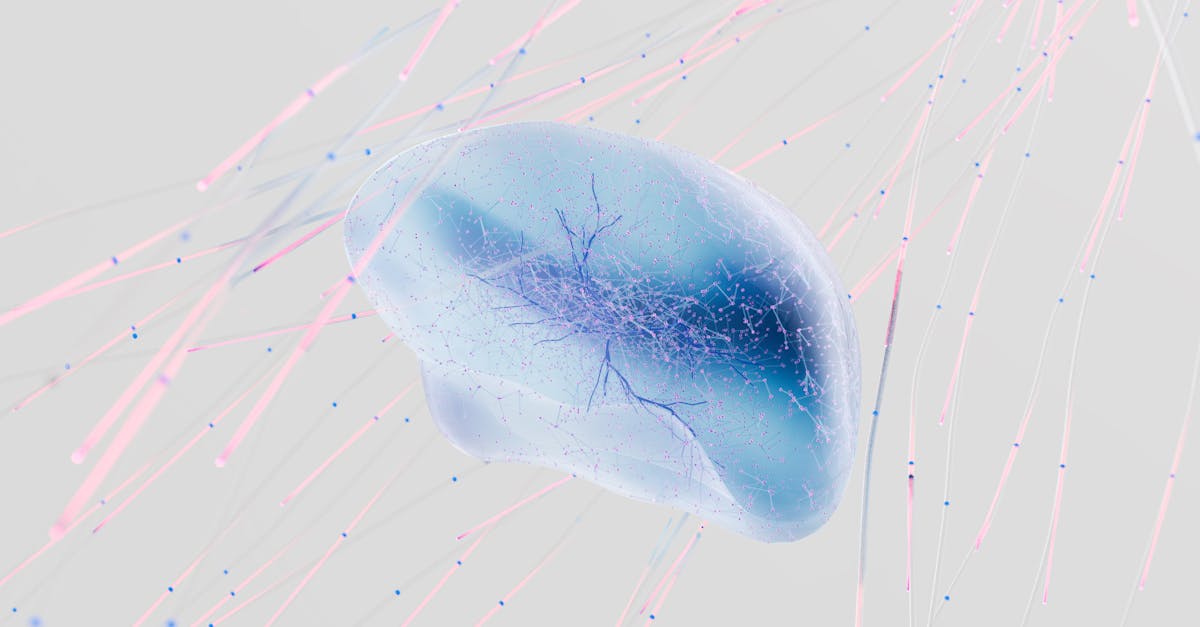Artificial General Intelligence: New Milestone in Creative Problem Solving
Introduction
Artificial Intelligence (AI) research has made incredible strides over the past few decades, transforming industries from tech to healthcare. Yet, a groundbreaking achievement in artificial general intelligence (AGI) is changing how we view machines and their capabilities. This new milestone reveals AGI's ability to navigate creative problem-solving in a way that's previously only been observed in humans. With this development, we find ourselves at the cusp of a future where machines can think and reason creatively, offering new solutions to complex problems. The advancement confidently steers us closer to the vision of AGI possessing human-like intelligence. In this article, we delve deeper into the facets of this innovation.
Advertisement
Understanding Artificial General Intelligence
Artificial General Intelligence (AGI) represents a machine's ability to mimic human cognitive functions such as learning, reasoning, and problem-solving across diverse domains. It differs from narrow AI, which specializes in specific tasks like facial recognition or voice assistance. The pursuit of AGI stems from the desire to create machines that can understand and deal with any task or problem, much like humans do. Historically, technology has struggled to encapsulate human-like adaptability and contextual understanding. Recent advances, however, hint at the emergence of AGI, embarking on complex tasks using nuance and creativity—the cornerstones of human intelligence.

Google DeepMind/Pexels
Advertisement
Creative Problem Solving: A Human Trait in Machines
One of the hallmark traits of human intelligence is the ability to creatively solve problems—an attribute that machines have traditionally lacked. Creative problem-solving involves lateral thinking and the capacity to approach challenges from fresh perspectives. Recent developments in AGI have managed to replicate this process, transforming how we interpret machine intelligence. For instance, instead of following strict pre-programmed sequences, AGI systems can now evaluate various paths, make novel connections, and derive unique solutions—qualities intrinsic to human creativity. This advancement inherently expands the potential applications of AI in fields requiring ingenuity and adaptability.
Advertisement
Inspirational Applications Across Industries
The milestone in AGI problem-solving harbors numerous applications across a swath of industries. In healthcare, AGI can develop innovative treatment plans by understanding intricate biological data and patient histories. In the creative arts, AI artists and composers are collaborating with humans to generate unique artworks and musical pieces, showcasing harmonious synergy. In businesses, AGI significantly enhances strategic planning and decision-making by offering novel market insights and optimizing resource allocations. Each industry stands to gain by integrating AGI-enhanced solutions, propelling efficiency and imaginative potential to unparalleled heights.
Advertisement
Breakthrough Technologies Driving AGI
Several cutting-edge technologies converge to make AGI's creative problem-solving possible. Neural networks inspired by the human brain simulate cognitive functions within machines. Reinforcement learning endows AI systems with the ability to learn from their environments and adapt autonomously. Large-scale data processing enables machines to contextually analyze vast amounts of information quickly. As these technologies advance, so does the ability of AGI systems to search for solutions far beyond human constraints, creating a more cohesive fusion of human intuition and machine logic in tackling complex challenges.
Advertisement
Challenges in AGI Development
Despite considerable strides, achieving full AGI capabilities remains an enormous challenge. Current systems often struggle with emotions, consciousness, and common-sense reasoning, essential components of human intelligence. Ethical considerations also pose significant hurdles. The potential for unintended consequences with autonomous decision-making calls for guidelines ensuring AI's safe and accountable development. Moreover, public perception and trust must be carefully managed, as the integration of AGI into society can bring apprehensions regarding privacy, job displacement, and security. Addressing these challenges requires ongoing collaboration between technologists, policymakers, and society to achieve a balanced future.
Advertisement
The Ethical Implications of AGI
As AGI systems become more autonomous, ethical considerations grow increasingly complex. The ability of machines to make independent decisions implies a need for establishing clear moral frameworks and accountability structures. Addressing these demands transparency in AI operations and ensuring systems uphold ethical values aligned with human priorities. The emergence of "moral" AI extends beyond individual systems to global governance, urging cooperation across cultures and jurisdictions. This ensures that the progression of AGI benefits humanity as a whole while preserving autonomy and rights in its ever-evolving landscape.
Advertisement
Public and Scientific Perception
Both the scientific community and the public are closely monitoring AGI's advancement in creative problem-solving. Within academia, researchers engage in spirited discussions over ethical AI deployment while charting projections for practical and imminent benefits. For the general populace, AGI's portrayal as either utopian or dystopian is mediated by cultural narratives and media coverage. This dichotomy spawns a mix of excitement and apprehension, prompting ongoing debates about AI moral implications, future employment landscapes, and lifestyle improvements. Successfully navigating these perceptions will shape AGI's broader acceptance and societal integration.
Advertisement
Future Directions and Lasting Impact
Looking ahead, AGI's creative problem-solving has the potential to revolutionize numerous sectors. Investment in research and collaborative initiatives will likely widen AGI's applications, enabling breakthroughs in unforeseen areas. The cross-disciplinary synergy stemming from this technological high point ensures future escalations in intellectual and economic capital. As AGI continues evolving, balancing its unprecedented capabilities with ethical conduct becomes paramount. By harmonizing technological growth with ethical consideration, we secure a future where AGI augments human endeavors, fostering a more intelligent and dynamic world.
Advertisement
Conclusion
The milestone reached by AGI in creative problem-solving marks a pivotal chapter within AI's narrative, promising luminary contributions to various fields. By effectively mimicking human intelligence and creativity, AGI holds the potential to innovate solutions to complex challenges, impacting industries and lives worldwide. However, the journey to fully realizing AGI's potential necessitates addressing its associated challenges and ethical considerations, ensuring safe and beneficial integration into society. As AGI further develops, its promise to shape humanity's future spotlights the importance of balanced technological progress. Embracing such advancements with caution and foresight will unlock paths to uncharted heights of innovation and collaborative success.
Advertisement





